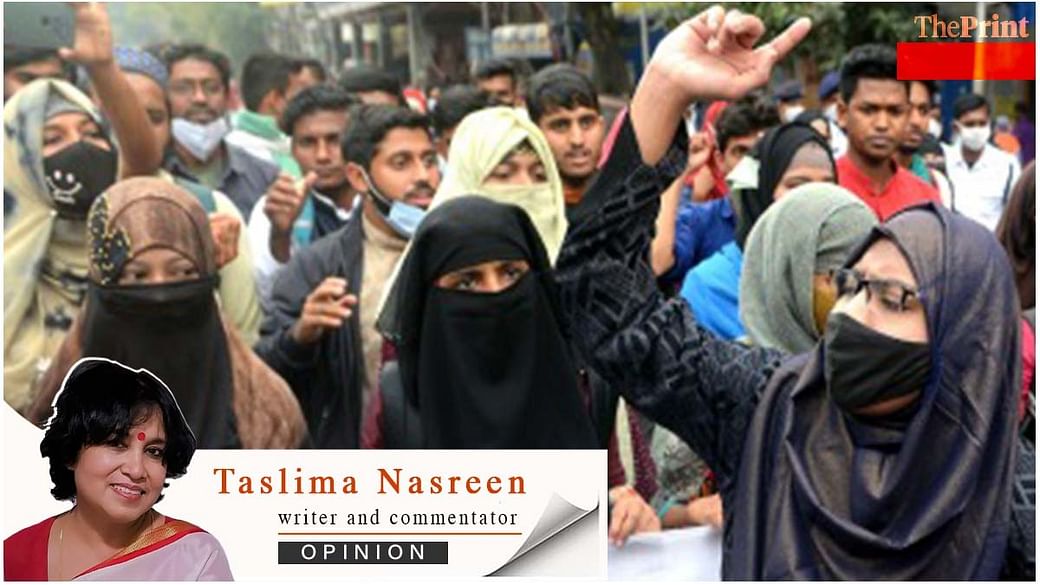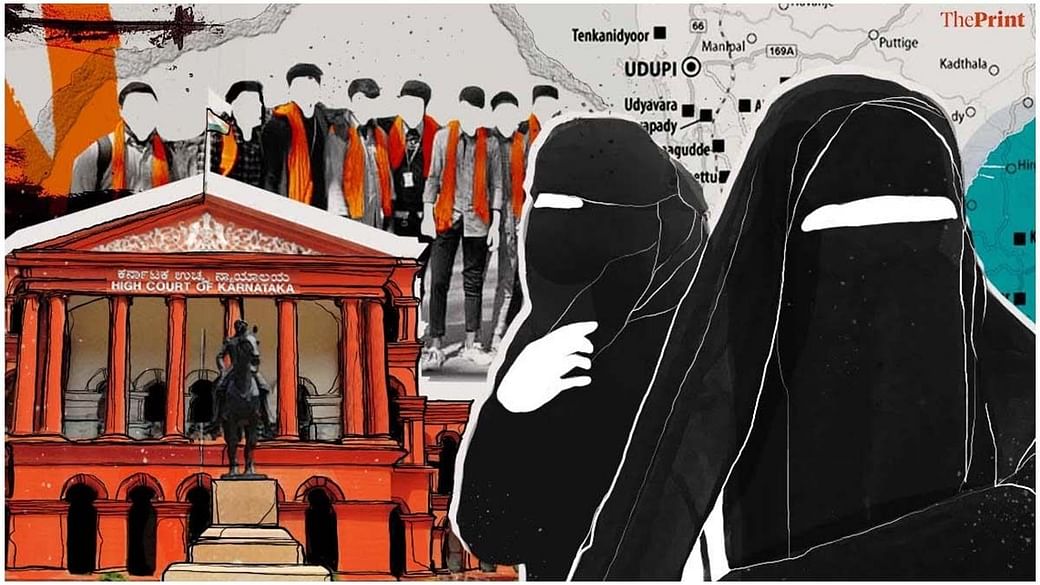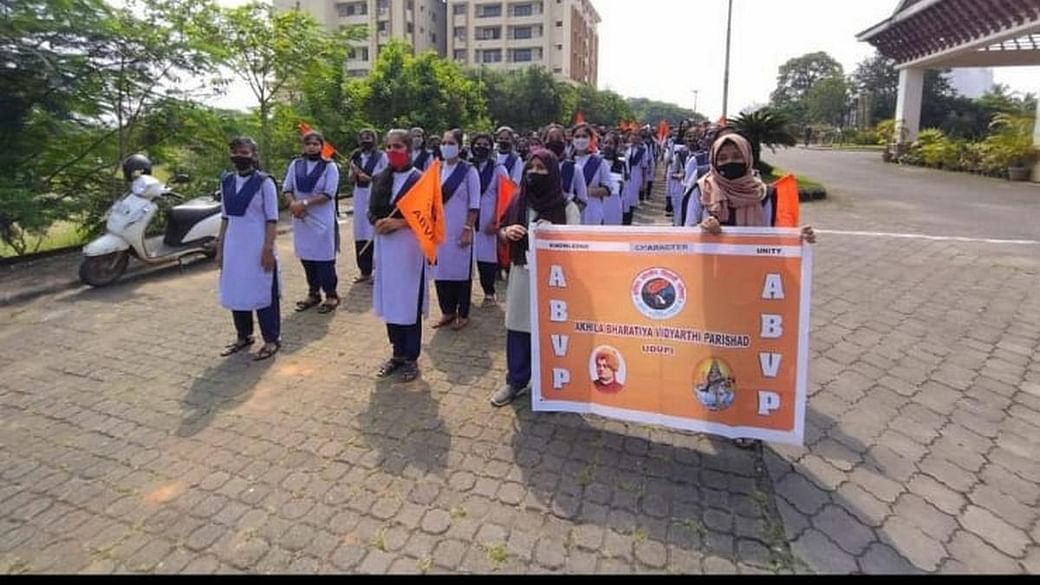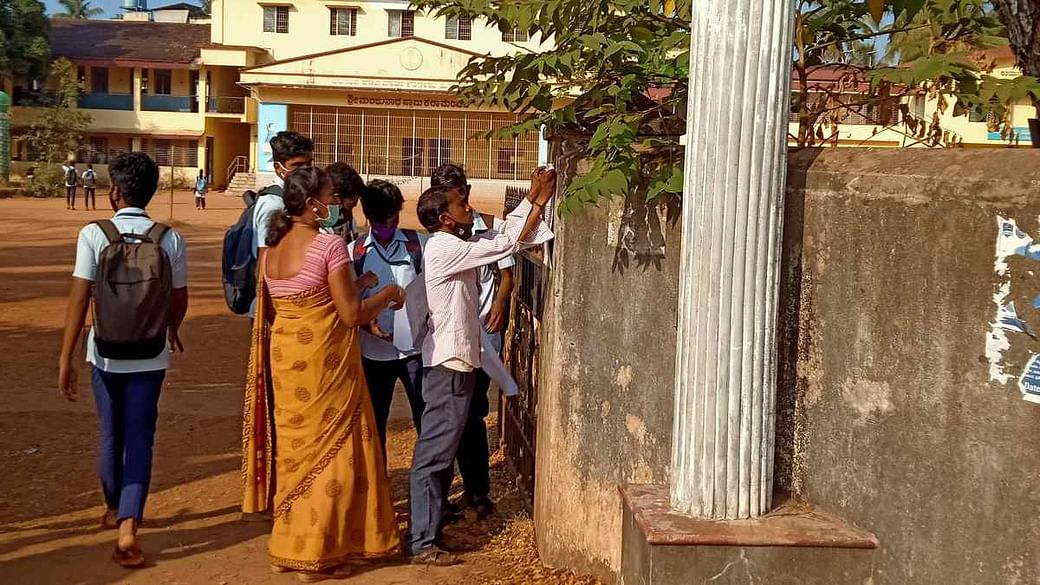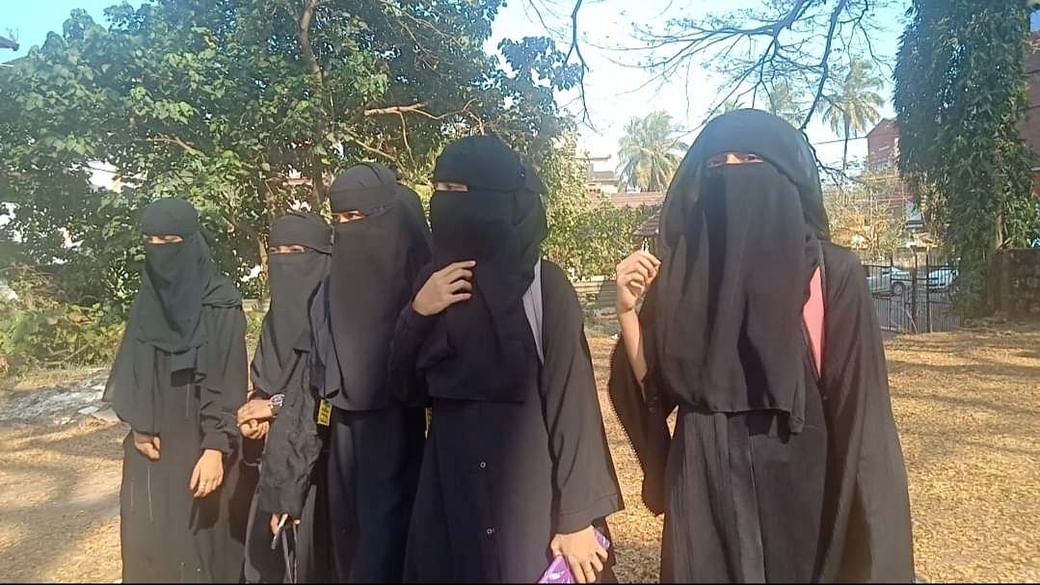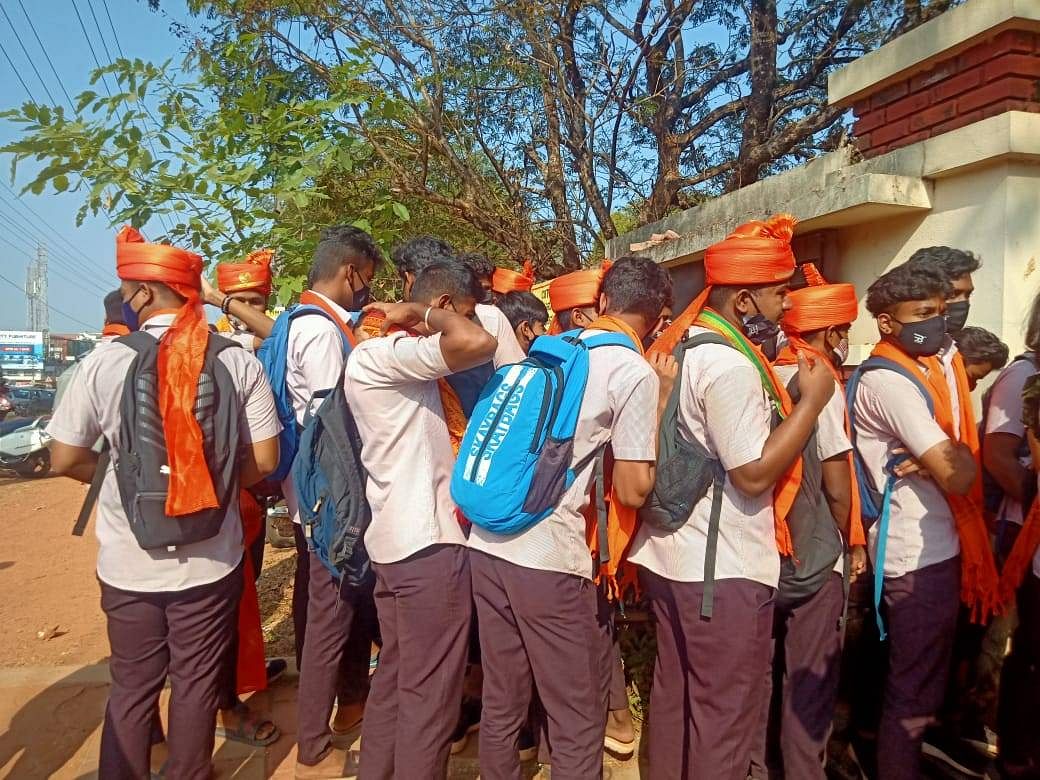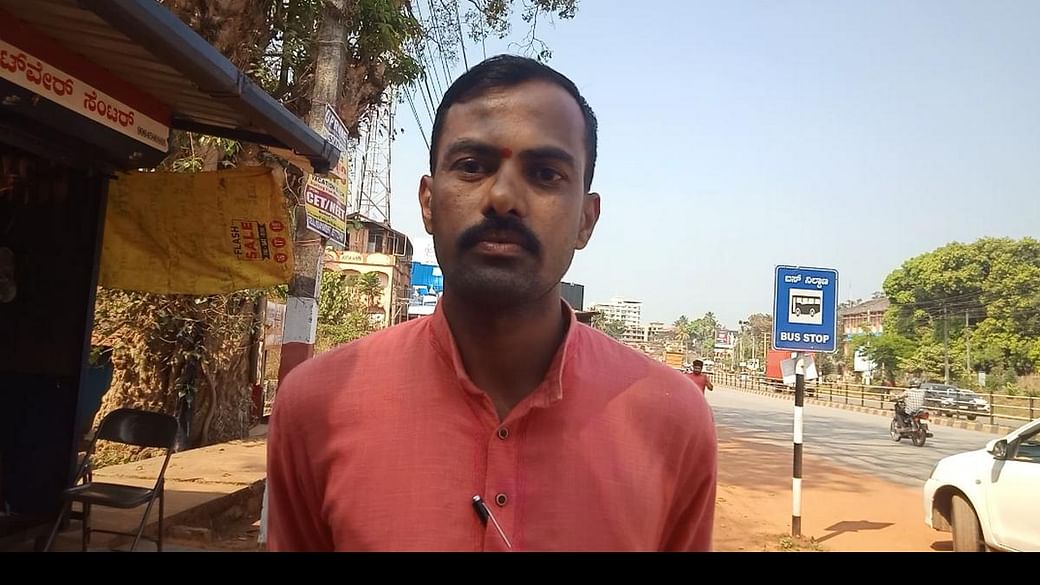I’m sure by now you must have come across people (mostly on social media) who let loose a barrage of words as a reaction to what they believe is an anti-Imran-Khan tweet or post. The words are almost always,”looters,” “corrupt,” “chor,” and “traitors.” These words are dedicated to parties and leaders who till recently were in the opposition and are now in government (after ousting Khan).
Very rarely can one find a pro-Khan or pro-PTI person actually listing the successes of the ousted PM’s economic or social policies. But the fact is: as much as such folk are rare, so are the previous government’s successes. If one still believes that this is not the case, he or she needs to provide some intelligent, informed arguments so that an exchange can turn into a debate — instead of a hyper-monologue in which a single person is frantically crackling like a broken record: “looters, corrupt, chor, traitors!”

Is this person stupid? Not quite. Because one even saw some apparently intelligent men and women crackling in the same manner when Khan fell. To most critics of populism, people who voted for men such as India’s Narendra Modi, America’s Donald Trump, Brazil’s Jair Bolsonaro, Hungary’s Viktor Orban, Poland’s Andrzej Duda and Pakistan’s Imran Khan, were all largely ‘stupid.’
But what is stupidity? Ever since the mid-20th century, the idea of stupidity, especially in the context of politics, has been studied by various sociologists. One of the pioneers in this regard was the German scholar and theologian Dietrich Bonhoeffer. During the rise of Nazi rule in Germany, Bonhoeffer was baffled by the silence of millions of Germans when the Nazis began to publicly humiliate and brutalise Jewish people. Bonhoeffer condemned this. He asked: how could a nation that had produced so many philosophers, scientists and artists suddenly become so apathetic and even sympathetic towards state violence and oppression?
Unsurprisingly, in 1943, Bonhoeffer was arrested. Two years later, he was executed. While awaiting execution, Bonhoeffer began to put his thoughts on paper. These were posthumously published in the shape of a book, Letters and Papers from Prison. One of the chapters in the book is called, “On Stupidity.” Bonhoeffer wrote: “Every strong upsurge of power in the public sphere, be it political or religious, infects a large part of humankind with stupidity. The power of the one needs the stupidity of the other.”
According to Bonhoeffer, because of the overwhelming impact of a rising power, humans are deprived of their inner independence and they give up establishing an autonomous position towards the emerging circumstances. It is a condition in which people become mere tools in the hands of those in power, and begin to willingly surrender their capacity for independent thinking. Bonhoeffer wrote that holding a rational debate with such a person is futile, because it feels that one is not dealing with a person, but with slogans and catchwords. “Looters, corrupt, chor, traitors!” ‘Looters, corrupt, chor, traitors!’ Repeat.
But Khan did not rise. He fell. Truth is: this condition in which a person becomes a walking-talking instrument of repetitive slogans and catchwords, first appeared during Khan’s rise to power. During that period “looters, corrupt, chor, traitors” were active words, deployed to justify Khan’s rise, and the demise of his opponents. After his fall, the same words have become reactive. Either way, neither then nor now is this condition suitable for a more informed debate between two (or more) opposing ideas or narratives.
Does this mean that most Khan fans are incapable of having such a debate? Many may not be very well-informed about the ins and outs of politics or history, but does that make them stupid — even though sometimes they certainly sound it?
To Bonhoeffer, stupidity was not about lack of intelligence, but about a mind that had voluntarily closed itself to reason, especially after being impacted and/or swayed by an assertive external power. In a 2020 essay for The New Statesman, the British philosopher Sacha Golob wrote that being stupid and dumb were not the same thing. Intelligence (or lack thereof) can somewhat be measured through IQ tests. But even those who score high in these tests can do ‘stupid’ things or carry certain ‘stupid ideas.’
How could a man who had created a rather convincing empiricist and rationalist character such as Sherlock Holmes begin to believe in seances? In fact, Doyle also began to believe in the existence of fairies. Every time someone would successfully debunk Doyle’s beliefs, he would go to great lengths to provide a counter-argument, but one which was even more absurd.
Golob wrote that stupidity can thus be found in supposedly very intelligent people as well. According to the American psychologist Ray Hyman, “Conan Doyle used his smartness to outsmart himself.” This can also answer why one sometimes comes across highly educated and informed men and women unabashedly spouting conspiracy theories that have either been convincingly debunked, or cannot be proven outside the domain of wishful thinking. But why would one do that?
There can be various reasons for this. According to Golob, Doyle, who had already developed some interest in ‘spirituality,’ began dabbling in the supernatural after the death of his son. According to Golob, “Doyle used his intellect to weave a path through grief that, although obviously irrational, was personally restorative.” So, it can be a way to live through grief or a personal tragedy which things like reason, rationality or logic cannot address. But this does not mean that the thousands of intelligent people who begin to mouth irrational populist hogwash all suffer personal tragedies. Yet, in the context of politics, resentfulness and grief can be triggered in a class or tribe if it is convinced that it has been neglected, mocked or sidelined by a ‘political elite.’
In the US, folk in the ‘rural’ South felt exactly that. They felt their ideas and lifestyles were mocked by the ‘liberal elite’ for being backward, anti-modern and superstitious. Their resentment in this regard was brilliantly tapped by Donald Trump. And even though the Southern states in the US have the largest number of Christian fundamentalists and regular Church-goers in that country, they continued to support Trump despite his involvement in scandals both of the flesh and finances.
This brings us back to Nazi Germany and Bonhoeffer. A nation was left grief-stricken by a humiliating defeat (during the First World War). It was thus willing to suspend all critical thinking after the grief was first treated with a barrage of conspiracy theories (blaming the Jews), and then by a man who became a powerful conduit of these theories. His rise was the sum of collective resentment and grief. It was a negation of empirical reality where a society was trapped in a serious existential crisis.
Theoretically, the crisis could have been addressed in a rational manner as well (such as through the continuation of the democratic process). But such processes evolve slowly and come to be seen as part of a reality that is pregnant with crisis. The answers to such a malaise often come in the shape of ‘conceptual reality.’ Empirical realty is the reality which one interacts with on a daily basis through the senses. Conceptual realty, on the other hand, is created and fuelled by certain ideological drivers or by what one thinks empirical reality should actually be. Conceptual reality is an imagined world but is stuffed with claims and physical paraphernalia to make it seem like empirical reality.
The promise of a ‘thousand-year-Reich’ by the Nazis was a fantasy that used physical symbols (such as a messiah-like leader, large rallies and public marches, uniforms, imposing architecture, etc.) to replace an empirical reality with a conceptual one. And when a person escapes into a conceptual reality, communicating with him or her on an empirical and rational level becomes next to impossible.
 1983 copy of US government instructions to its embassies in Muslim countries on how to ‘politely’ deny that astronaut Neil Armstrong had converted to Islam
1983 copy of US government instructions to its embassies in Muslim countries on how to ‘politely’ deny that astronaut Neil Armstrong had converted to IslamConceptual reality is a product of – and mostly appeals to – people who have developed a persecution complex because they failed to find an identity or purpose in the empirical reality. So, they dismiss it and look to replace the ‘what is’ with the ‘what (they believe) should be’. This is fine if they can do so while remaining within the empirical reality. But the results can be disastrous when they reject empirical reality by losing themselves in building a conceptual reality. This reality is utopian. But when manifested physically, it quickly becomes dystopian, myopic and even delusional.
German historian Markus Daechsel has brilliantly demonstrated this in his book The Politics of Self Expression. Conceptual reality includes the projection of one’s religious and ideological beliefs on people that have little or nothing to do with them. Conceptual reality also entails projections that are often proliferated through populist media as a way to concretise conceptual reality.
Daechsel gave the example of certain pre-Partition Muslim and Hindu outfits who insisted that their members wear a uniform and hold parades. Daechsel writes that in the empirical reality, there was no war or revolution taking place there. But in the minds of the members of the outfits, there was such a situation (or there should have been). So, they created a conceptual reality in which there was revolutionary turmoil and these outfits were an integral part of it.
Daechsel also gave the example in which Hindus and Muslims, after feeling unable to challenge Western inventions and economics in the empirical reality, created a conceptual reality by claiming that whatever the West had achieved in the fields of science had already been achieved by ancient Hindus and/or is already present in Islamic texts.
In the late 1970s, tabloids in Indonesia, Malaysia and Egypt carried a front-page news about Neil Armstrong — the famous American astronaut who, in 1969, became the first man to walk on the moon. The news claimed that Armstrong had converted to Islam. Supposedly he had done so after confessing that when he was on the moon, he had heard the sound of the azaan, the Muslim call to prayer.
 Conceptual reality can be a very emotional place
Conceptual reality can be a very emotional placeJ.R. Hensen, in his 2006 biography of Armstrong, First Man, writes that by 1980 the news had been repeatedly carried and reproduced by tabloids in a number of Muslim-majority countries. So much so, that Armstrong began receiving invitations from Islamic organisations. The news continued to gather momentum in Muslim countries. Hensen writes that in 1983, on Armstrong’s request, the US State Department issued instructions to US embassies in Muslim countries asking them to “politely but firmly” communicate that Armstrong had not converted to Islam and that “he had no current plans or desire to travel overseas to participate in Islamic activities.”
Despite this, the belief that he had converted to Islam after hearing the azaan on the moon continued to do the rounds. In fact, this impression still pops up on YouTube channels and websites funded and run by various Islamic evangelical organisations. This is a case of how a conceptual reality (in this case, the power of ‘Eastern spirituality’) compelled a member of empirical reality (Western science and technology) to leave the latter and embrace the former.
In December 2018, former PM Imran Khan gleefully shared a 1988 video recording on Twitter of conservative Islamic scholar Dr Israr Ahmad. In it, Ahmad is seen claiming that according to one of Muhammad Ali Jinnah’s doctors, the founder of Pakistan, during his last moments, spoke about the importance of imposing Shariah laws and the caliphate system in Pakistan.
This was conceptual reality coming into play to counter the reality in which Jinnah had done no such thing and was, in fact, a Westernised and pluralistic politician. This nature of projection of a conceptual reality actually goes further back.
The day after the founder of the modern Turkish republic Kemal Ataturk passed away in November 1939, one of the leading Urdu dailies in pre-Partition India, the Inqilab, reported that Ataturk, who had slipped into a coma before his death, “briefly woke up to convey a message to a servant of his.” Apparently, the staunch, life-long secularist who went the whole nine yards during his long rule to erase all cultural and political expressions associated with Turkey’s caliphate past, had briefly woken up from a coma to instruct his servant to tell the “millat-i-Islamiyya” to follow on the footsteps of the Khulafa-i-Rashideen.
Inqilab was a well-respected Urdu daily catering to the urban Muslim middle classes in pre-Partition India. In its 11 November 1939 issue, the paper went on to ‘report’ that Ataturk, after communicating his message to the servant, shouted “Allah is great!” and passed away – this time, forever. Quite clearly, unable to come to terms with the dispositions of Ataturk and Jinnah in the empirical reality, some created a conceptual reality where, in death, both dramatically became caliphate enthusiasts.
Let us now take a more contemporary example: the so-called ‘US conspiracy’ that ousted Imran Khan as PM. This is being repeated over and over again by Khan, his supporters and some half-a-dozen TV anchors. In empirical reality, the performance of Khan’s regime compelled its erstwhile pillar of support, the powerful military establishment, to begin distancing itself from a malfunctioning government. This created space for opposition parties to conjure enough strength in the Parliament to remove him through a no-confidence vote.
However, in the conceptual reality — that began being constructed by Khan when his ouster became a stark possibility — US and European powers conspired with opposition parties and pressurised the military to oust Khan because he wanted a sovereign foreign policy and was planning to construct an anti-West bloc in the region. There is no empirical evidence that substantiates the existence of a foreign conspiracy. But then, there is no place for anything empirical in a realm that is entirely conceptual.
